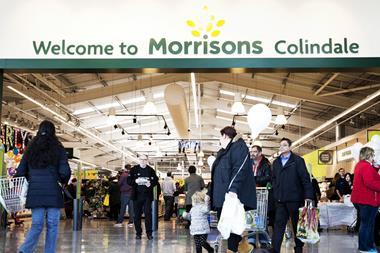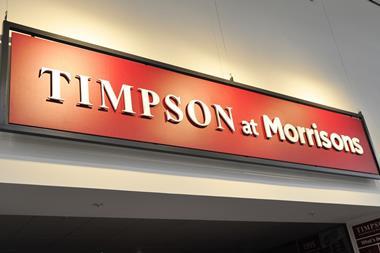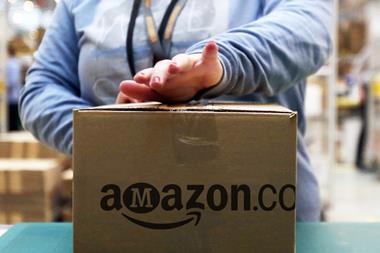
David Potts has been CEO of Morrisons for 14 months and, having delivered the retailer’s first quarterly like-for-like sales growth in four years over Christmas, he backed it up last week with like-for-likes up 0.7% in the latest quarter. Granted, such results are hardly stellar, but the growth Potts has delivered is nevertheless significant given how Morrisons had performed before. So how has he pulled it off?
The answer, in a way, is doughnuts. When Potts first arrived in the business it wasn’t just sales that were suffering - morale was low and Morrisons had lost confidence in its Market Street proposition. It was in the process of taking out its doughnut machines and replacing them with a part-frozen line that could be fried in-store. Potts immediately reversed this, believing it was vital for Morrisons to emphasise not just its baking skills but its food-making credentials in general.
“This was a key moment in starting to bring some confidence back into the business,” says a Morrisons insider.
The next task for Potts was to boost morale. During a series of store visits, some scheduled and some not, he made a point of listening to staff concerns and their ideas for improving the business. Out of these sessions came the decisions to ditch the infamous misty veg and the Intelligent Queue Management System, which had driven staff to distraction. He also gave some freedoms back to store managers over ranging and promotions.
Even more significantly, Potts decided to invest in more staff hours on the shop floor and raised the basic minimum hourly rate by 20% to £8.20. Add it all together and morale is much higher than during the final days of the previous regime, experts say.
“People like to be paid and they like to be well-led,” says HSBC analyst Dave McCarthy. “They like to believe in where they are going, and they get that from David Potts because they can identify with him as one of them, a retailer.”
On the back of this, Potts has “improved availability, store standards and product quality while sharpening Morrisons’ prices”, McCarthy argues. “It’s not rocket science and that isn’t meant to be disrespectful,” says McCarthy, adding these things are far easier said than done. “The fact is, he is one of the country’s outstanding retailers.”
Price has also played a key part in Morrisons’ recovery. While stopping short of an all-out assault on the discounters, Morrisons, like the other big four, has been targeting its price cutting on everyday essentials such as fruit & veg in a bid to neutralise the price differential on the lines most important to shoppers. Like-for-like transactions in the latest quarter were actually up 3.1% but were hit by deflation of 2.6%.
These are promising signs, but Potts is clear there’s a long way to go still. Just like other recent turnarounds in the grocery sector - such as Booker or The Co-operative Group - Morrisons’ will have three stages: fix, rebuild and grow, as Potts puts it. The retailer is still in the later stages of the ‘fix’ phase, but there have been clues in the past few months as to how Potts plans to rebuild.
Morrisons Makes It
The new Morrisons Makes It push is sign of the returning confidence in Morrisons’ foodmaking heritage, and points to Potts’ vision of “Mozzas”, as he referred to it during a press conference last week, as food-maker, shopkeeper and, increasingly, wholesaler.
The high-profile tie-up with Amazon, with Morrisons products set to go live in the next few days, is an opportunity to drive genuinely profitable growth. Equally, having sold off its own costly convenience chain, the franchise model with Motor Fuel Group - while tiny right now - is eminently scalable.
But these are for the longer term. McCarthy suggests Morrisons will be doing well to be getting £500m of annual sales from the Amazon tie-up in five years’ time. Maintaining and improving growth in core supermarkets has to be Potts’ main focus.
As for how Potts himself sees his first year as CEO, the Morrisons insider suggests he would say simply he has “put a few more staff on the checkouts and on the shop floor and improved availability”.
It’s more than that, of course, but the clarity and simplicity speak volumes.



















No comments yet